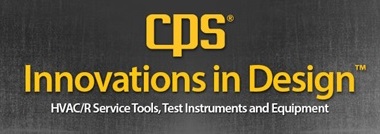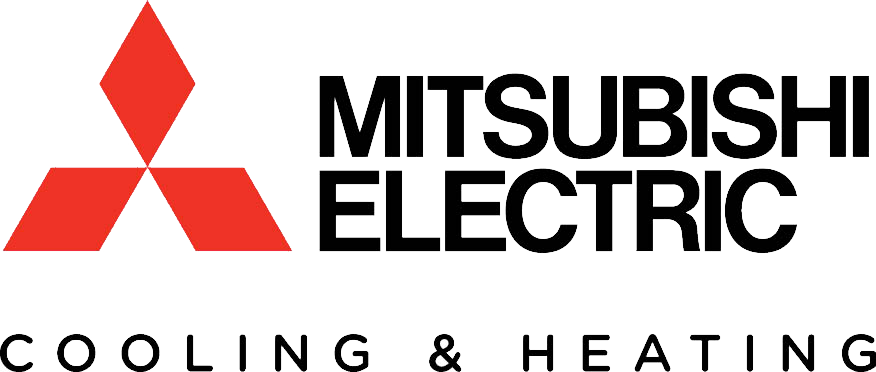Dear Corbett,
I was going thru the videos in the training portal. Overall, I like your videos. However, every now and then, a portion of one leaves me less than satisfied with the answer. Usually, my disatisfaction is because you are rushing through and just skimming the details and explainations. I realize that your trying to limit the video's length and accept it.
However, I found one video that had something that you brought up, but didn't explain that frustrated me enough to write. The video is in the training portal, 'Mastermind Series Jan 2015' at 30:01 minutes in. Your talking about system airflows and you bring up NCI. You go to say how they add up supply airflows, return airflows, and compare it to what the airflow should be to get leakage. You say that that is wrong but don't explain. You finish by saying that system airflow needs to be measured at the blower.
So, the question I have is: Are you objecting to comparing either the supply or return airflows to what the system airflow SHOULD be (i.e. not measured) or something else?
Would you agree with the following?
(Equipment airflow) - (sum of supply register airflow) = (supply side leakage)
(Equipment airflow) - (sum of return register airflow) = (return side leakage)
Equipment airflow to be measured at or near the blower by one of the several methods. I am calling it equipment airflow and not system airflow just to be clear that it is what the fan actually produces.
Finally, are you doing full manual J's or just block load calculations to get ballpark numbers?
Thanks,
TJ
-_-_-
Dear TJ-
Great question, and I'm happy to clarify what I meant! Thanks for letting me know when my broad strokes don't actually answer your question and leave you frustrated- I always want to give a full picture of what home performance testing actually means.
My issue with measuring the supply airflows and return airflows, and inferring duct leakage from that is:
- How do you know what airflow the equipment is producing unless you measure the actual airflow at the equipment? You can use a calculation like 400cfm x tons of A/C, but what if it's heating season, 20 degrees outside, and the NEST thermostat won't let you disable the compressor's service disconnect and still run the air handler? Also, what if the installer targeted 350cfm per ton, or 450cfm?
- Even if you measure the equipment airflow, you won't be measuring the equipment cabinet air leakage, which is almost always there. In fact, the IECC duct leakage test assumes that 25% of all the duct leakage will be in the cabinet in new construction.
- The only way to measure duct leakage is to perform a duct tightness test, or for a quicker and more localized look, perform a pressure pan test during blower door testing.
- Measuring airflow is notoriously difficult. What tool and technique are we using? Pitot tube has high user error, passive flow hood (balometer) is not accurate for residential grilles and low flows, and anemometers need to be corrected for net free area of the grilles. Lots to scratch your head about, and it turns out the best way to measure airflow in the 21st century is still a plastic garbage bag.
To answer your final question, if all you need is a ballpark number, a block load is fine, but I always do a full room-by-room load calculation if I'm being paid to do an actual Manual J.
Hope that helps, and keep the questions coming!
Looking Forward,
Corbett



















